Biodegradable vs Compostable
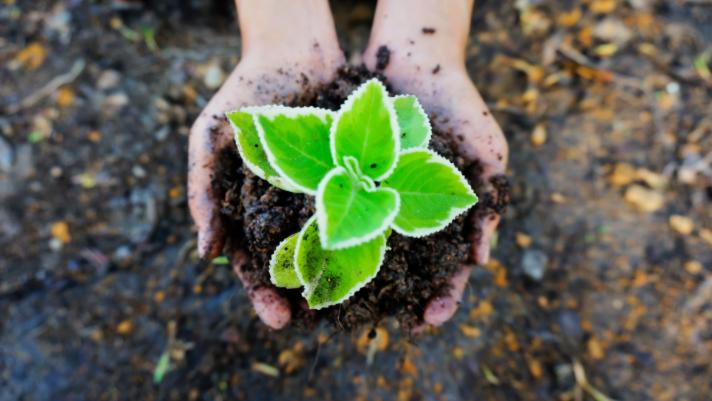
By Jodie Boyd
When you choose eco-friendly products and packaging, reusable is always the best solution but sometimes that’s just not feasible or even possible.
Take glitter, for example – you might shower yourself in the stuff at festivals but once you clean it off, it’s gone (although you might find it weeks later in places where glitter shouldn’t be!).
The same applies to toothbrushes. With dental professionals recommending we change our toothbrushes every 3-4 months, that’s a lot of toothbrushes disposed of every year (3.6 billion of which are plastic with 80% of these ending up in the ocean)! I’m yet to find a reusable one that’s not made of plastic.
Ah, PLASTIC…that destructive material that is polluting the world and everything that lives on it (yep, that includes us humans as well as wildlife).
According to SAS (Surfers Against Sewage), over 269,000 tons of plastic pollution exists, which is equivalent to 1,345 blue whales in weight!
Here’s another alarming stat – everyday, about 8 million pieces of plastic find their way into our oceans. Yep, you heard right – 8 million – everyday!!
Unless we do something drastic to turn this around, it will only get worse, causing even more deadly devastation to wildlife and piling up the pollution on our lands and in our seas. It’s no wonder that by 2050 there could be more plastic in the oceans than fish!
When you buy products, you have a choice. You can buy plastic (or similar non-recyclables or recyclables), reusable, or you can buy something in between that breaks down and doesn’t cause long-lasting pollution.
If you can’t find a reusable alternative to plastic products, you should always opt for biodegradable or compostable. Many products fall into both categories, being both biodegradable and compostable. On the other hand, many companies misleadingly or falsely label their products as one or the other, or both.
You’ll often see these terms lumped together and it’s not always clear what they mean, how they differ and what to do with the materials once they’re finished with. This is partly due to there being no universal definition of these terms, although there is a lot of information available so you can do your research and make up your own mind.
Do you really know what it all means and the difference between biodegradable and compostable? We’ve tried to shed a light on these confusing terms and help you understand how to safely dispose of such products and packaging.
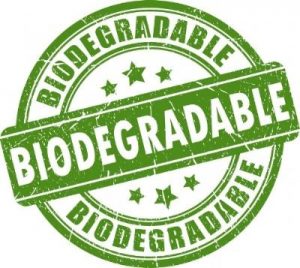
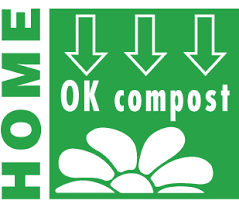
BIODEGRADABLE
Biodegradable substances or objects can be broken down by bacterial or other living organisms without oxygen and converted into carbon dioxide, water and biomass within a reasonable amount of time.
In simple terms, biodegradable objects decompose without causing pollution or harm to the environment.
It’s important to note that materials biodegrade at different rates in different environments. For example, paper towels can take 2-4 weeks to biodegrade in marine water, but in landfill, it typically takes 2-5 months. This is because products starved of oxygen take longer to break down.
How do you dispose of biodegradable products and packaging?
A product like bio-glitter, which is made from a natural and plant-derived material, will biodegrade into the natural environment including waterways in 4 weeks as long as warm and wet conditions exist and microorganisms are present. So you can wash it off in the shower, knowing it will reach the right environment for it to biodegrade.
The same applies to natural ingredients used in products like toothpaste, sunscreen, and deodorant. With these, you can reuse the jars and tins or they can be recycled.
For products packaged in cardboard like this hair and body bar, the cardboard can be shredded and soaked with water to be used as mulch to block weeds from growing in your garden. This will decompose within 3 months. Or you can put it in your home compost or in your recycling bin but don’t send to landfill as it can take years to fully break down.
Compare this to the chemicals and plastic packaging used in traditional alternatives, which are harmful to the environment and often to your body, and it’s a no-brainer which one you should be using!
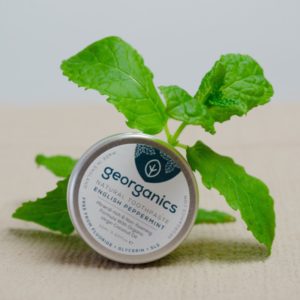
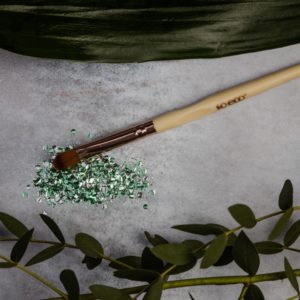
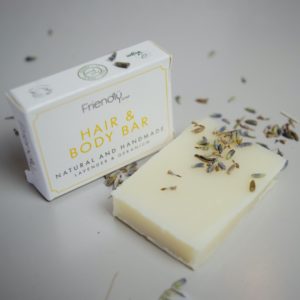
Biodegradable ingredients in plastic-free packaging – Toothpaste, Deodorant, Glitter, and Hair and Body Bar
COMPOSTABLE
Unlike biodegradation, which is a natural-occurring process, composting is human-driven.
Compostable materials can be broken down into carbon dioxide, water, inorganic compounds, and biomass, without leaving a toxic residue in the environment. It’s a process of decaying materials within a mixture of dead leaves and soil and the process typically takes around 90 days depending on conditions.
Simply put, compostable materials return to nature just like biodegradable ones do but they go a step further by providing the earth with nutrients once broken down completely. Ideal if you want to produce rich fertile soil to feed your plants.
It’s worth noting that there are two main types of composting – the DIY at-home version and the industrial. The main difference between these is that industrial composting uses large machinery to break down more complex plant-based materials and works much faster than home composting.
How do you dispose of compostable products and packaging?
Firstly, question whether products can be upcycled and put to different uses once they’ve fulfilled their main purpose. Take a compostable toothbrush, for example. Once it needs replacing, think about whether you can use it to clean small hard-to-clean items like taps, plug holes, football boots…you get the idea!
When you’re really ready to throw it away, simply pop it in your home composter, where it should take 4-6 months to fully break down.
The same applies to compostable wipes. Never put wipes down the toilet, even non-plastic ones as they cause extensive sewage pollution, often resulting in fatbergs. These compostable wipes can break down in your garden compost.
If you don’t have a home composter, visit your local council’s website to find out if you can get one at a reduced price. It’s not expensive and worth the effort as home composting for just one year can save global warming gases equivalent to all the carbon dioxide produced by an average washing machine in three months. Plus you’ll prevent methane from being produced and harming the Earth’s atmosphere (which is what happens to compostable products sent to landfill).
If you don’t have a garden, or don’t want a container or hole in your garden for composting, you can put your compostable materials in your garden waste bin for collection.
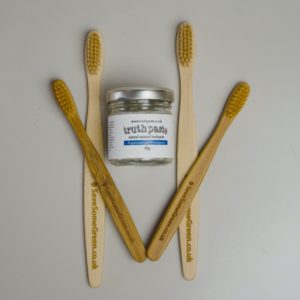
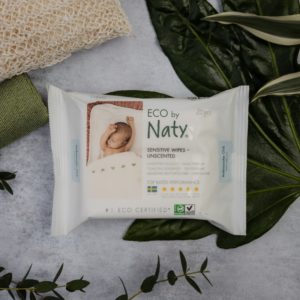
Compostable products in plastic-free packaging – Toothbrush and Wet Wipes
What other eco-friendly products do you use?
The Jolly Turtle supplies eco-friendly bespoke and pre-packed kits for festivals, events, travel, and lifestyle, offering a simple and convenient way to shop for all your plastic-free essentials.
